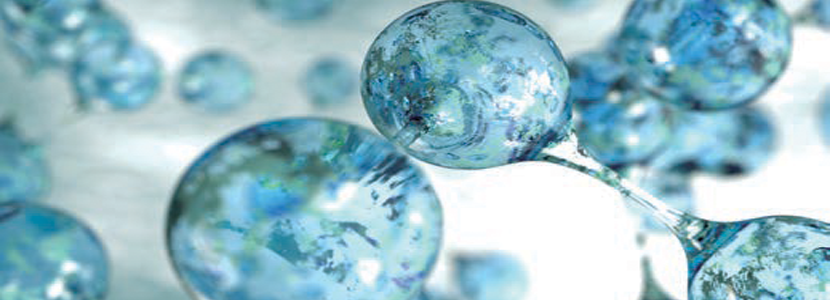Sometimes, in the routine of farm work, when we face a problem that is not usual in our management we tend to think of new and somewhat complicated causes, but surely possible if we consult a manual or the encyclopedia of this century: Wikipedia.
Experience says that before looking for unusual reasons, it would be advisable to review the basics and make sure that those routines we take for granted that work “as usual” are not causing any problems.
With this hypothesis, I am suggesting that something we often assume that cannot influence our production, instead may be an important and decisive element. As it can be water.
We must assume that a large amount of water is used on our farms, so its influence is enormous.
We must not forget that its composition varies practically every day, depending on multiple factors, two fundamental aspects being decisive:



When we talk about quantity, we have to control two parameters:
Supply
Supply is a decisive factor since we started the project in our farm. We must have a source that guarantees the contribution to our daily work and regulations are required to have enough reserve in case of supply cuts.
We have to be careful and supervise our reserves because there can be periods of drought that can disrupt our plans and we may have to ration the water supply in certain farm areas.
It is advisable to have a B plan in case there is a lack of water supply

Consumption
Another aspect to control with respect to the amount of water is the consumed volume, especially 
It is curious that there are still farms that do not have a flow meter at the entrance of the farm to know what is their daily consumption. Knowing this data is very simple and the amount of information it can provide is very important.
The information on our daily consumption allows us to make forecasts in order to manage our reserves, but it can also alert regarding a problem, as its variation is a sign that something out of the ordinary is happening.
Higher consumption
If on arrival at the farm and we see that water consumption is higher than normal, it is very likely that we will have some water leakage, with the cost of the product and its future management as a by-product.
Lower consumption
If the volume consumed is lower, it is most likely that a pathological process is beginning in the animals because the first symptom observed is apathy and a decrease in the intake of drinking water and food.
We will surely see that affected animals have not eaten, but if their water consumption also decreases, it is because the pathological process is more important.
Another cause of the decrease in the volume consumed may be a failure in the facilities that does not allow the water to reach the animals, losing production during that time without drinking.
It is essential to establish a regular cleaning routine of tanks, pipes and water dispensers with products of proven effectiveness

Regarding the Biofilm, we must refer to another aspect of water that must be controlled: quality.

Sometimes, we can detect with our senses that the water we are using on our farm is different from the one we had a few days earlier. For example, because there has been a storm that has removed the ravaged sludge, because it has poured something into the river and increased its eutrophication or simply because with the increase in temperature bacteria multiplied.
Although for some uses (such as the cleaning or cooling) the possible problems mentioned above may not influence too much, if we consider the great amount of water ingested by the animals it can be decisive.
To control the quality of the water we cannot rely only on our senses, but everything goes through regular microbiological analysis to know the germ load of our water to act accordingly with available products on the market whose efficiency is perfectly proven.
The used product does not have to be the same as the one used to clean pipelines, because on every farm the problem is different and the conditions of the facilities too.
Sometimes, it is possible to apply a product by pulses at the entry of each quantity of water, but others we do not have an input of electricity that allows these impulses and we must apply the product in the entire volume to be treated. Then it is necessary that the product remain effective as long as possible.
The amount of microorganisms is important, but also the chemical composition, as many times a larger amount of salt can be harmful to the animal and the facility.

Thus, we can see how important it is to control the water on our farms on a daily basis






